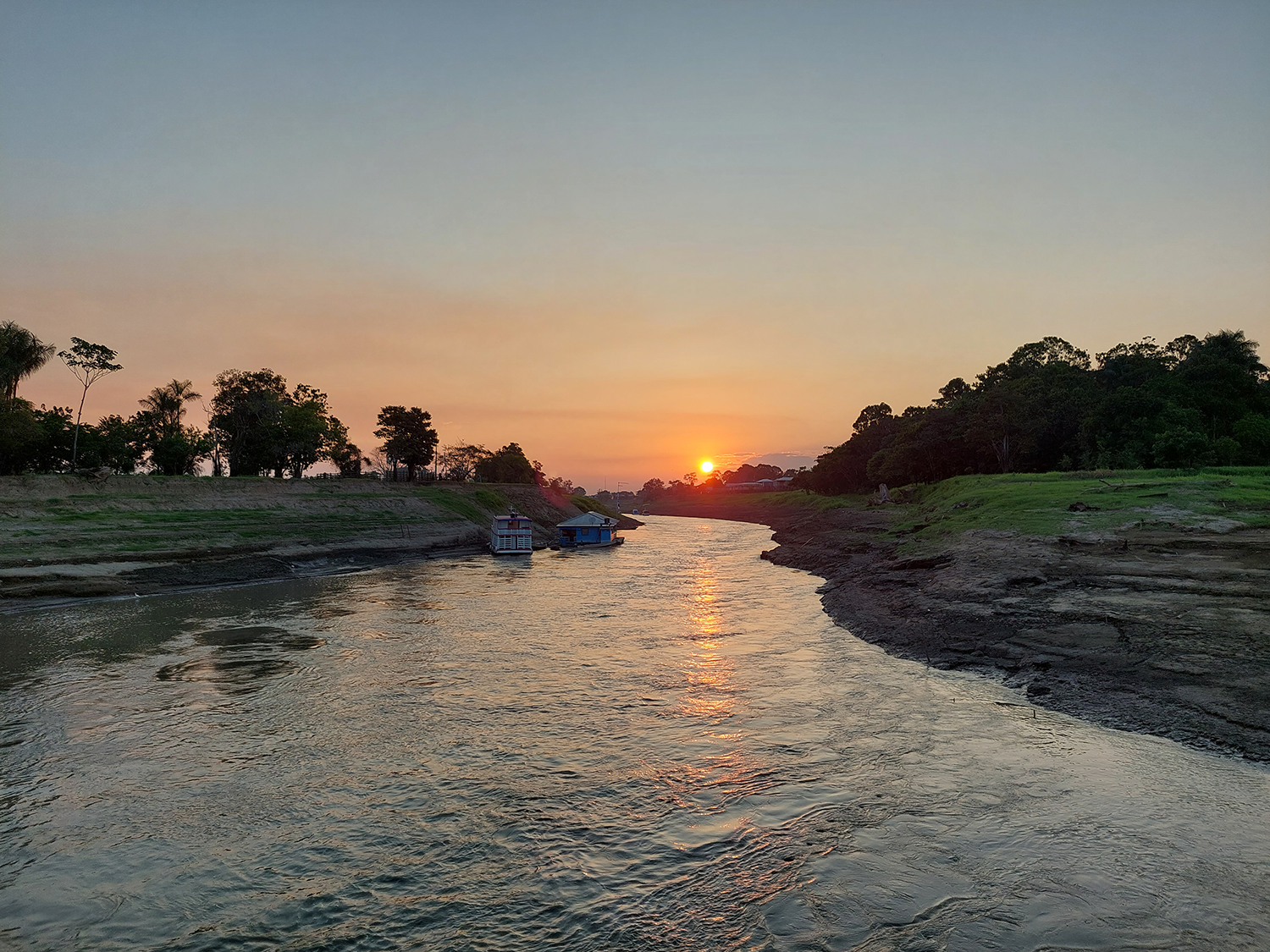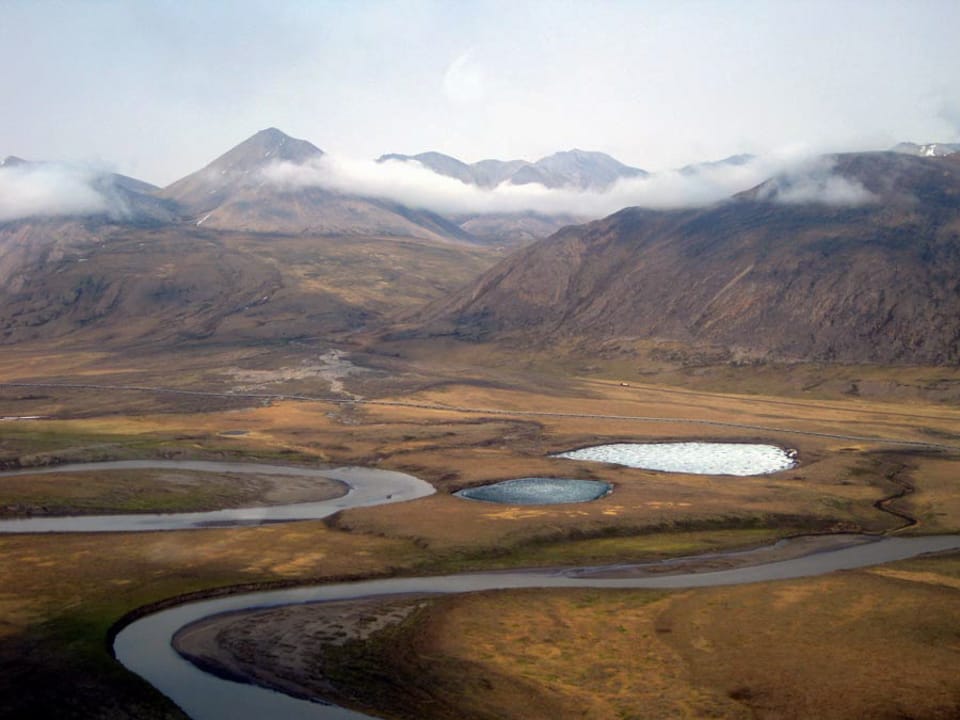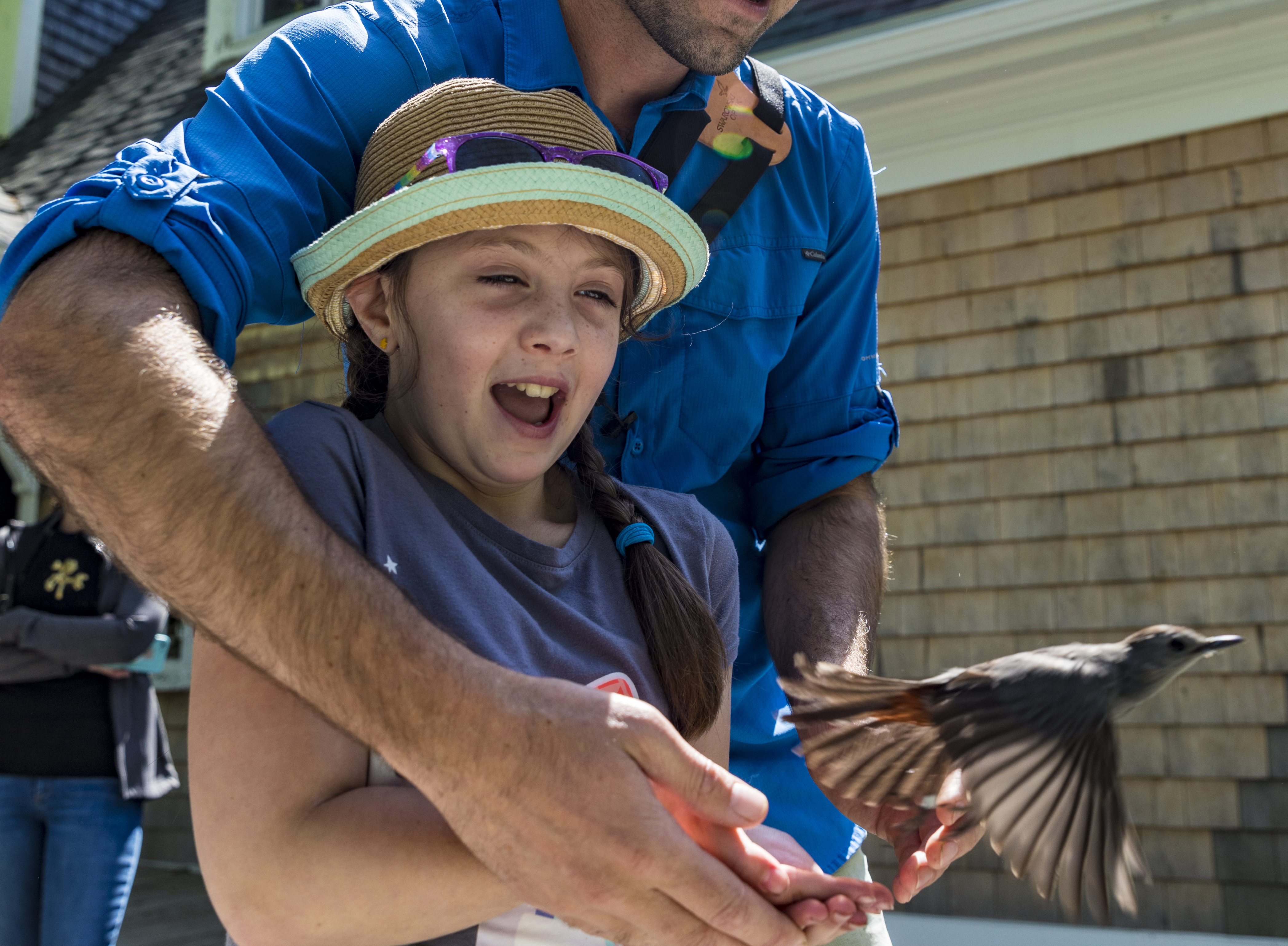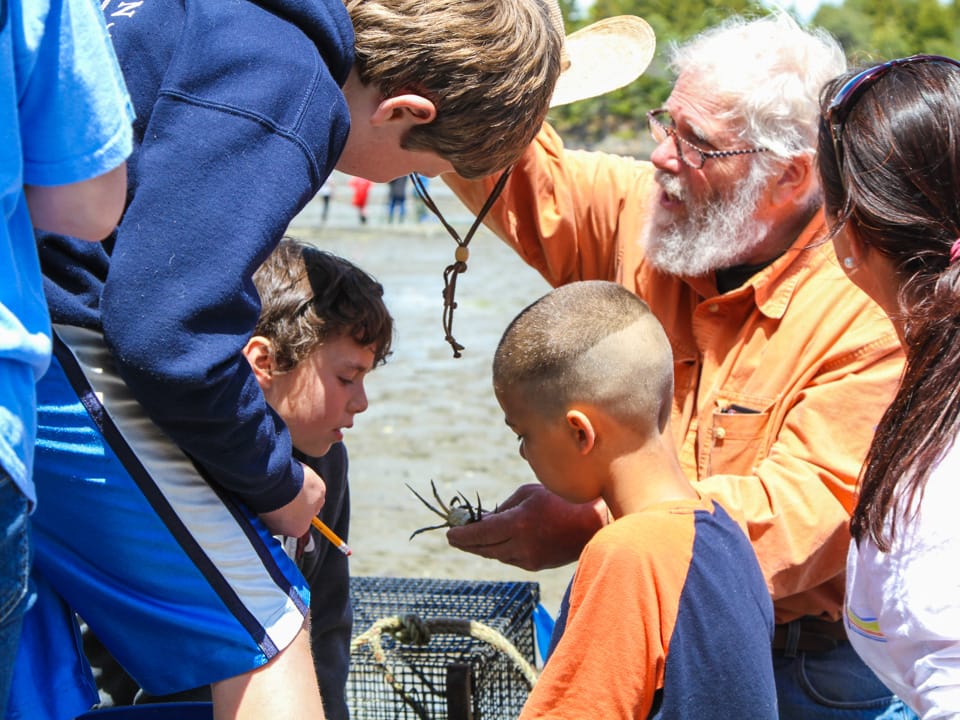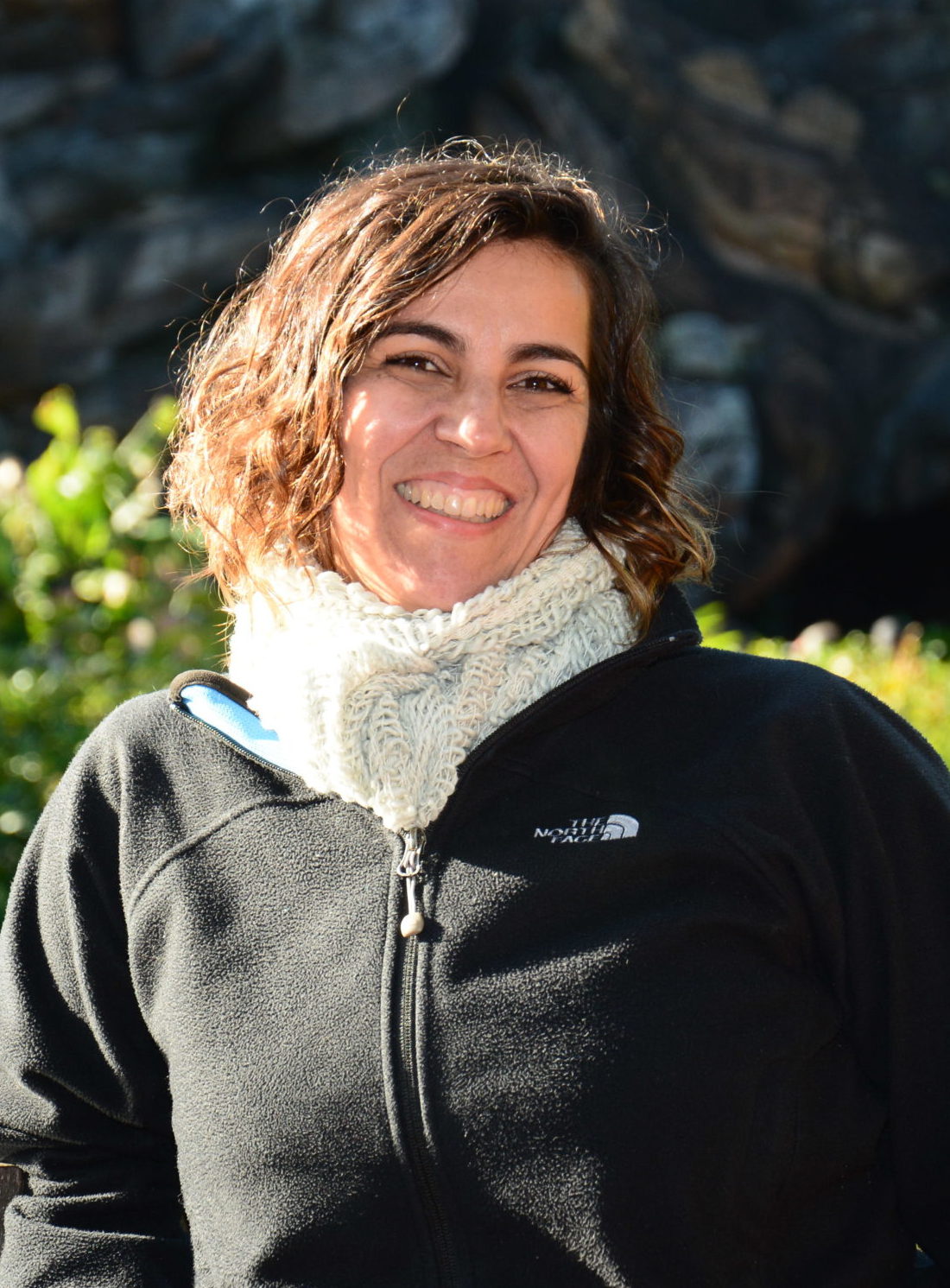
Juliana Bosi de Almeida, Ph.D.
Managing Director of Flyways
In September 2025, partners from across the Americas joined Brazilian colleagues for a journey along the central Amazon, between Manaus and Codajás. This marked the third year of the Amazon Shorebird Workshop—an immersive expedition to learn, exchange knowledge, and celebrate the unique habitats that sustain shorebirds in the Amazon Basin.
Organized in close collaboration with the Instituto Nacional de Pesquisas da Amazônia (INPA), the Arctic Migratory Birds Initiative (AMBI), the WHSRN Executive Office, and Manomet Conservation Sciences, the expedition brought together 15 participants from seven countries and eleven organizations. Half the group were women, and more than half were students or early-career conservationists—reflecting the program’s ongoing commitment to supporting the next generation of shorebird professionals.
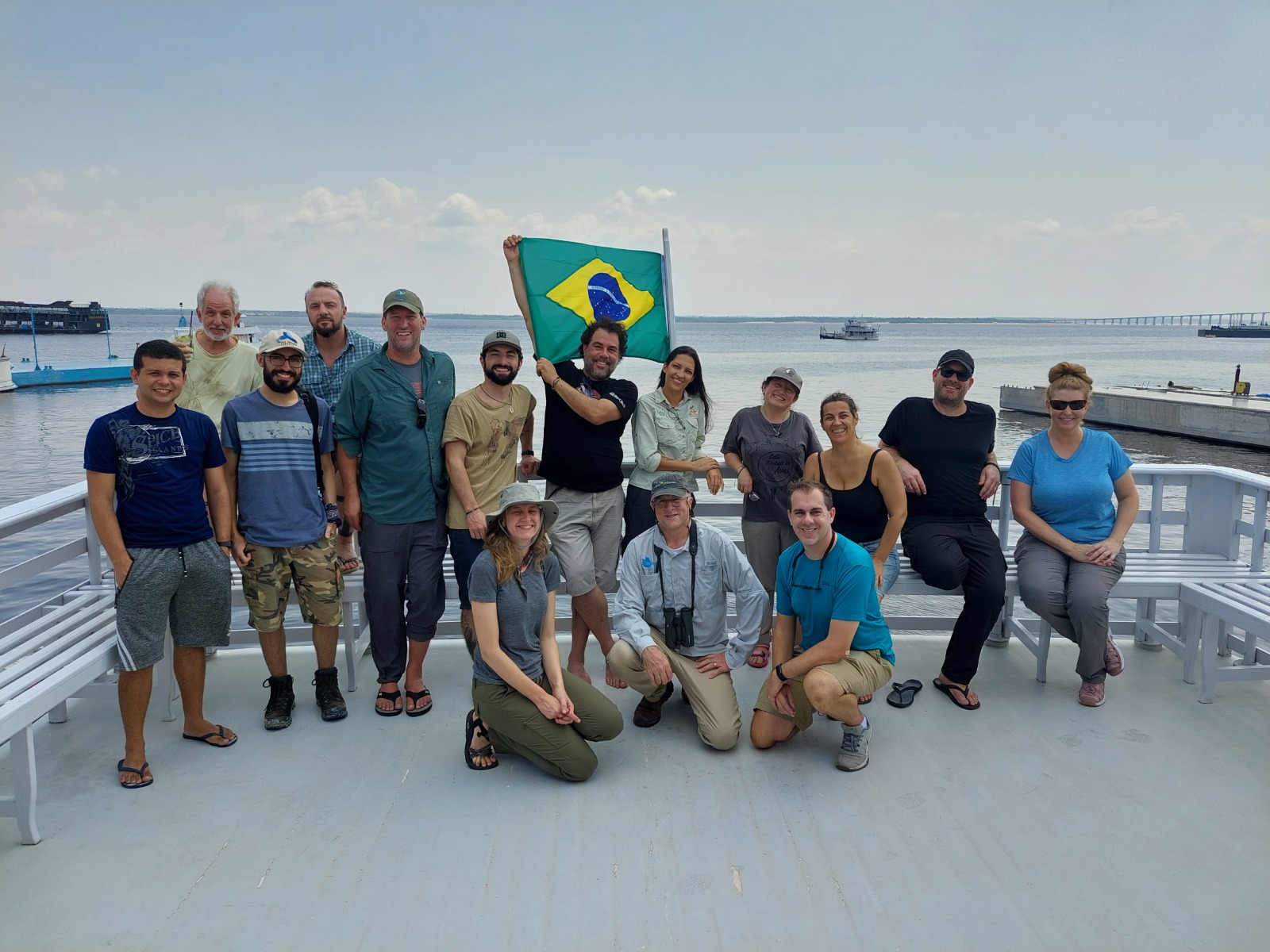
The Amazon and the Midcontinent Flyway
The Amazon River basin, stretching from the lowland forests of Venezuela and Colombia to the river’s mouth in Brazil, is a vital link in the Midcontinent Flyway—a migratory route that spans 135 degrees of latitude and connects Arctic Canada to Patagonia. While much of the basin is forested, its broad wetlands, islands, and sandbars provide critical resting and feeding areas for shorebirds that journey thousands of kilometers each year. Roughly 64% of the species traveling this flyway spend the northern winter in South America’s interior, making the Amazon an essential hub for both migratory and resident birds—a living mosaic that connects hemispheres.
Rediscovering the River’s Role
For decades, the Amazon was viewed as a dense green expanse that long-distance migrants merely crossed. But new satellite tracking has revealed a different story: the region’s river beaches, floodplains, and mudflats are indispensable stopover sites where shorebirds linger for days or weeks, replenishing energy before continuing their journeys.
To deepen our understanding of how shorebirds use these dynamic river landscapes and to build local capacity, the Amazon Shorebird Workshop brings together participants annually for a 10-day journey aboard a guided vessel. Along the way, they share experiences, learn identification techniques, and exchange ideas about habitat dynamics while observing shorebirds along the Solimões River (the official name of the river in Brazil).
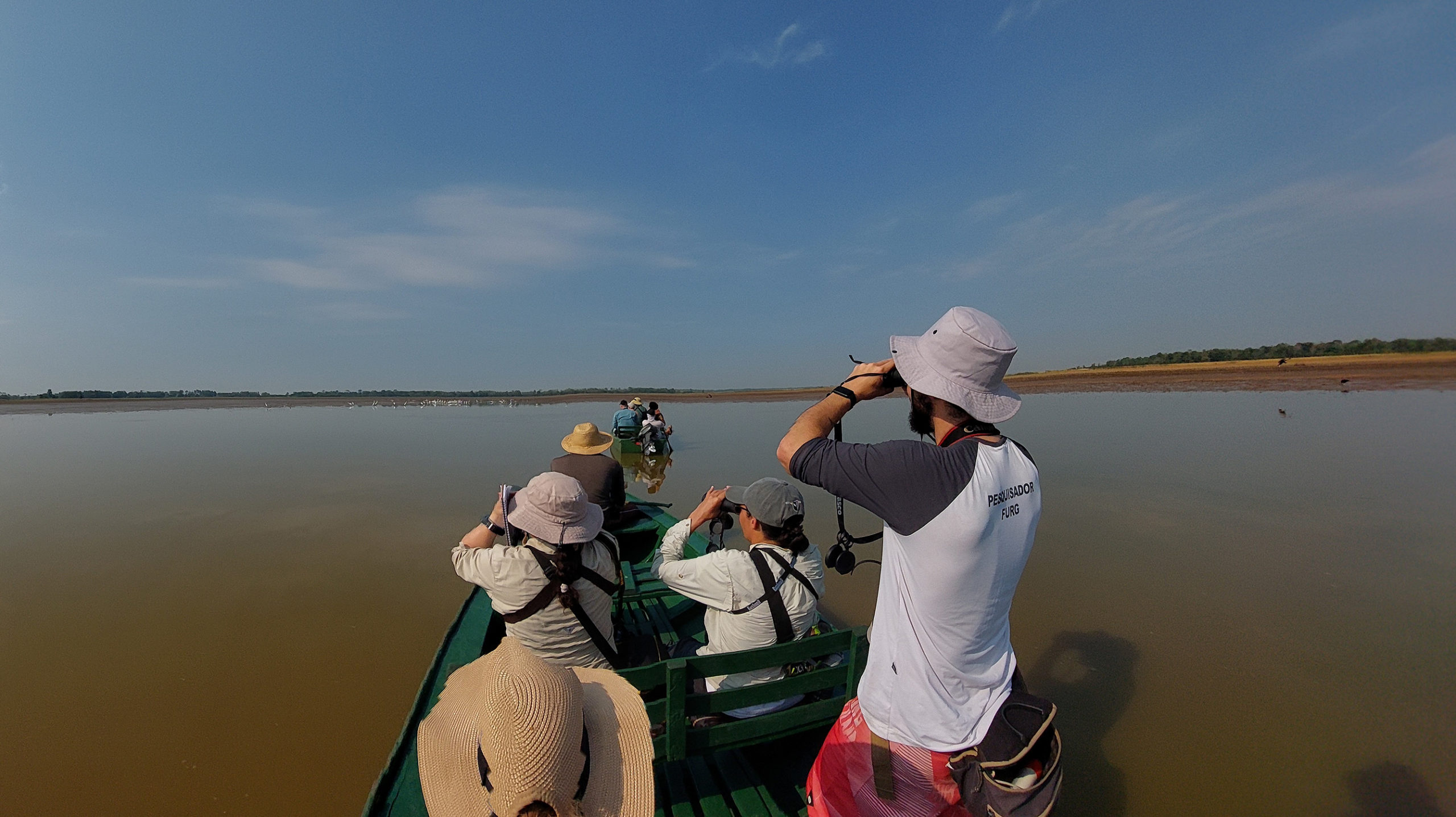
Learning from the River
Over the first three years of the initiative, 32 specialists from 15 organizations have taken part, 56% of them students or young professionals. Together, they have traveled more than 1,250 km of river and observed nearly 7,700 resident and 10,000 migratory shorebirds, including species that link the Amazon to the Arctic such as the Hudsonian Godwit (Limosa haemastica), White-rumped Sandpiper (Calidris fuscicollis) and Lesser Yellowlegs (Tringa flavipes).
In 2025 alone, participants recorded over 4,500 migratory shorebirds representing 19 species, including Ruff and Little Stint, two long-distance travelers from Eurasia—a reminder that the Solimões (the upper-Amazon River) is more than a river; it’s part of a global network of life.
The crew also encountered the river’s shifting temperament firsthand. After two record drought years, 2025 brought extreme floods that submerged much of the habitat early in the trip. But as water levels began to fall, new sandbars and mudflats appeared, revealing feeding flocks almost overnight. This year turned out to be the most successful yet.
In the evenings, participants gathered on the Iracema to exchange experiences and share presentations about ongoing work in different regions of Brazil—from the Projeto Aves Limícolas de Peruíbe (São Paulo) to Projeto Aves Migratórias (Ceará) and SAVE Brasil’s coastal initiatives in Rio Grande do Norte. These informal sessions turned the expedition into a true learning community—one where knowledge flowed across regions, generations, and disciplines.
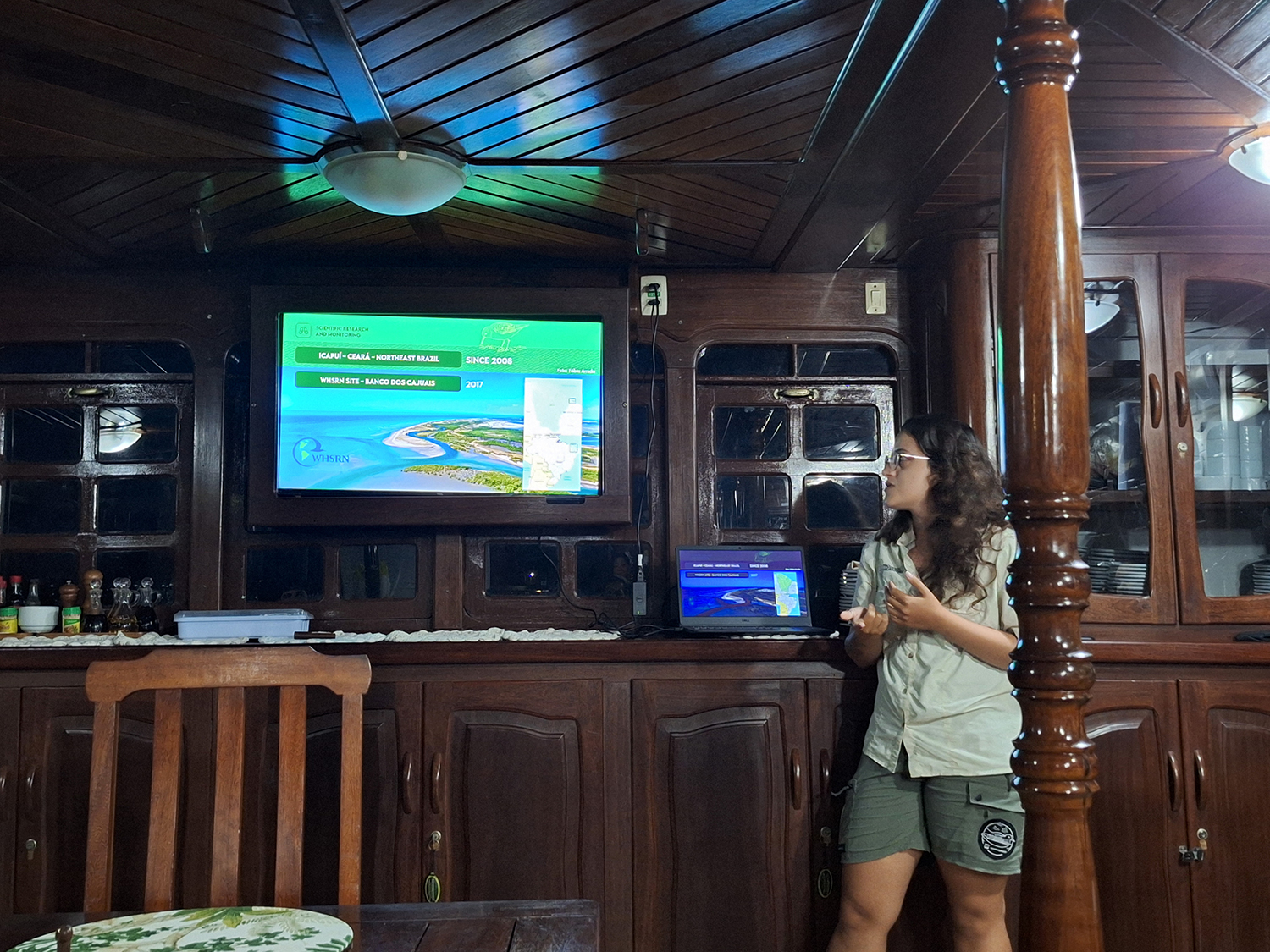
Voices from the Journey
João Paulo Tavares Damasceno, from SAVE Brasil’s Shorebird Program, described the experience as transformative:
“Searching for and observing sandpipers, plovers, and snipes felt like giving voice to what we were living—a celebration of conservation and the connection between people and landscapes. For a few moments, we were all in harmony with the rhythm of the Solimões River and the flight of the shorebirds.”
Heitor Feitoza, an undergraduate at the Universidade do Estado do Amazonas, reflected on his first encounter with migratory shorebirds:
“It was an incredible learning experience. I discovered how much these birds depend on the Amazon and learned directly from experts in the field. I also realized how this knowledge connects to my work with Vem Passarinhar Manaus and our local communities.”
Karina Ávila, Graduate student, Projeto Aves Limícolas do Litoral Paulista (Manomet Small Grants recipient)
“Taking part in the shorebird count on the Amazon was an experience I will cherish forever. Being in a place of such immense natural richness, surrounded by specialists with so much dedication and knowledge, made me realize even more the importance of collective work for the conservation of these incredible birds. This opportunity strengthened me not only as a researcher but also as a person. I returned from the Amazon with a renewed perspective—more confident in my role and aware that even the smallest actions can make a big difference for shorebirds and for the nature that connects us all. I was only able to be there thanks to Manomet’s support through the Small Grants for Shorebird Conservation. It gave me the chance to learn so much and exchange experiences!”
Raíssa Reis, also from the Universidade do Estado do Amazonas, shared:
“I was born and raised in the Amazon, but this trip gave me a new perspective. So much life happens on the rivers, in places that appear and disappear with the water. I’m so grateful for this experience—and I think I can now call myself a shorebird convert.”
Victoria Souza, field technician with Projeto Aves Migratórias/Aquasis, emphasized the power of shared learning:
“This journey gave me knowledge from both scientists and local experts who understand the pulse of the rivers. I learned how seasonal cycles shape habitats and why these wetlands are so vital during migration. It was a unique experience that broadened my view of conservation.”
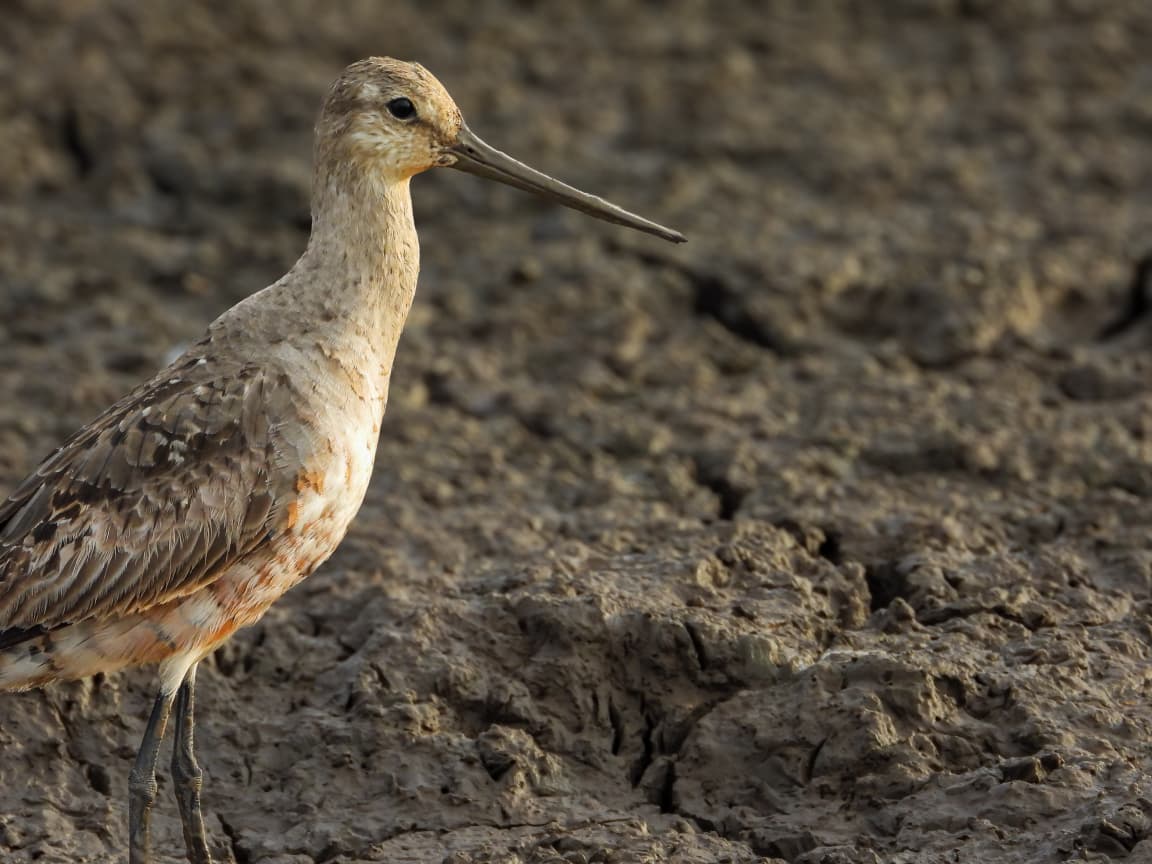
Selene Davey, biology student at Universidad Nacional de Asunción (Paraguay), reflected on the sense of unity that emerged:
“Being part of this census fills me with gratitude. It’s a rare opportunity to exchange experiences with people from so many places who share the same passion for shorebirds. Each day reminded me why this work matters and gave me renewed energy to keep going.”
Dr. Mario Cohn-Haft, Researcher, INPA
“This project trains young and upcoming scientists, it draws public attention to an overlooked conservation concern, and it creates an environment for interchange and collaboration with local landowners and rural farmers that can grow into a climate that fosters conservation. The positive feedback in this study promises to create a long-term multinational program that will be the pride of its founders.”
Finally, Garry Donaldson, a veteran biologist and WHSRN Counselor Emeritus from Canada, shared a heartfelt perspective as he closed his career:
“Working together along the flyways of the Americas was once unimaginable. The Amazon expeditions show how far we’ve come—and how much hope there is in seeing young biologists ready to carry this work forward.”
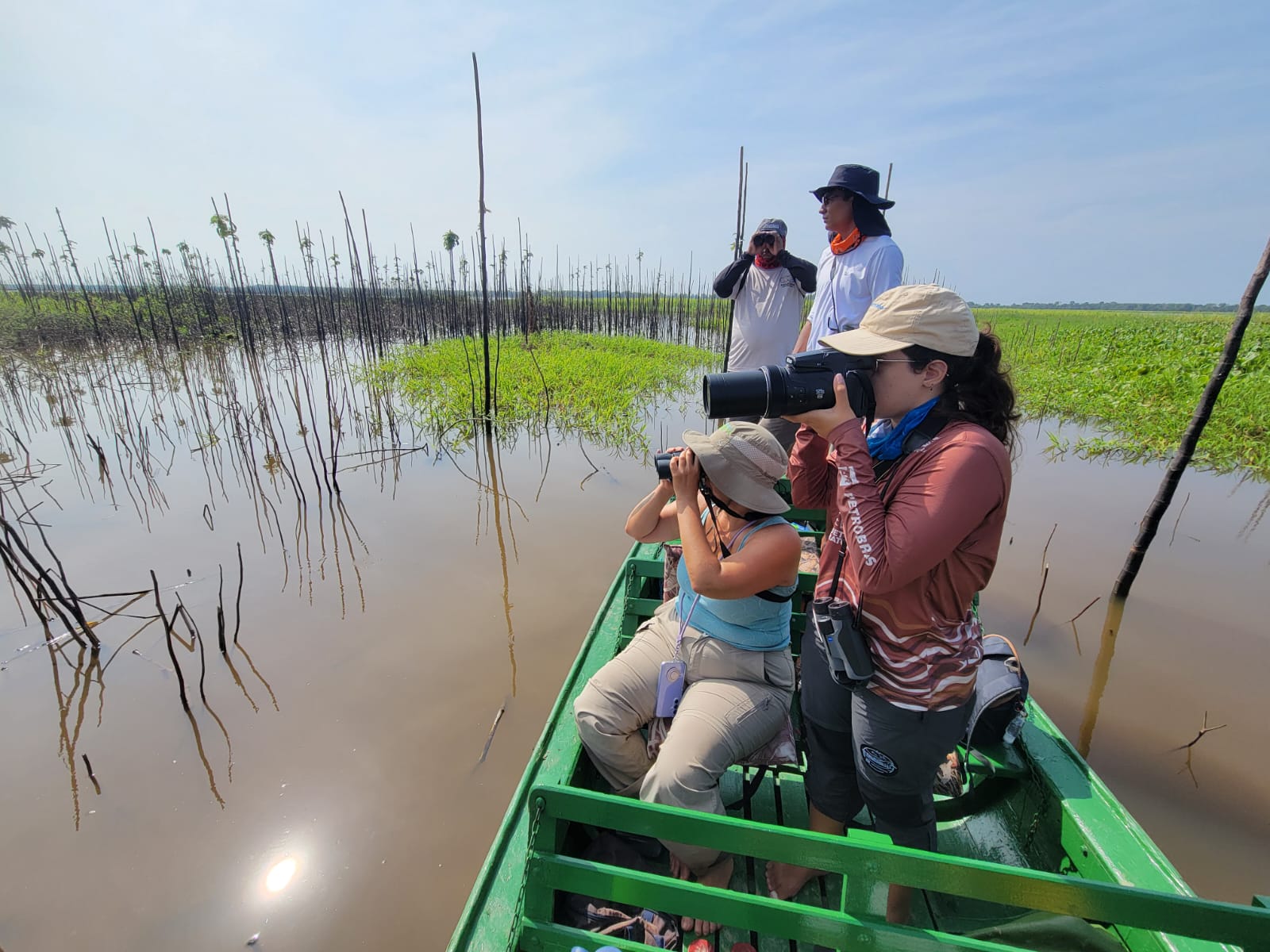
Looking Ahead
After the 2025 expedition, Manomet Conservation Sciences and INPA outlined the first steps toward establishing a long-term Amazon Shorebird Program—a partnership rooted in local leadership and international collaboration. The goal: to strengthen observation networks, foster new generations of conservationists, and ensure that the Amazon’s dynamic rivers continue to support the birds that connect our hemispheres.
Collaborators in this effort include INPA, Point Blue Conservation Science, Asociación Calidris, CORBIDI, the Instituto de Investigación Biológica del Paraguay, Programa Aves Limícolas/SAVE Brasil, Projeto Aves Limícolas do Litoral Paulista, Projeto Aves Migratórias/Aquasis, and students from FURG, Universidad Nacional de Asunción, Universidade do Estado do Amazonas, Senner Lab/University of Massachusetts, and University of Rhode Island.
Support for this initiative is provided by the Conservation of Arctic Flora and Fauna (CAFF) biodiversity working group of the Arctic Council through the Arctic Migratory Bird Initiative.
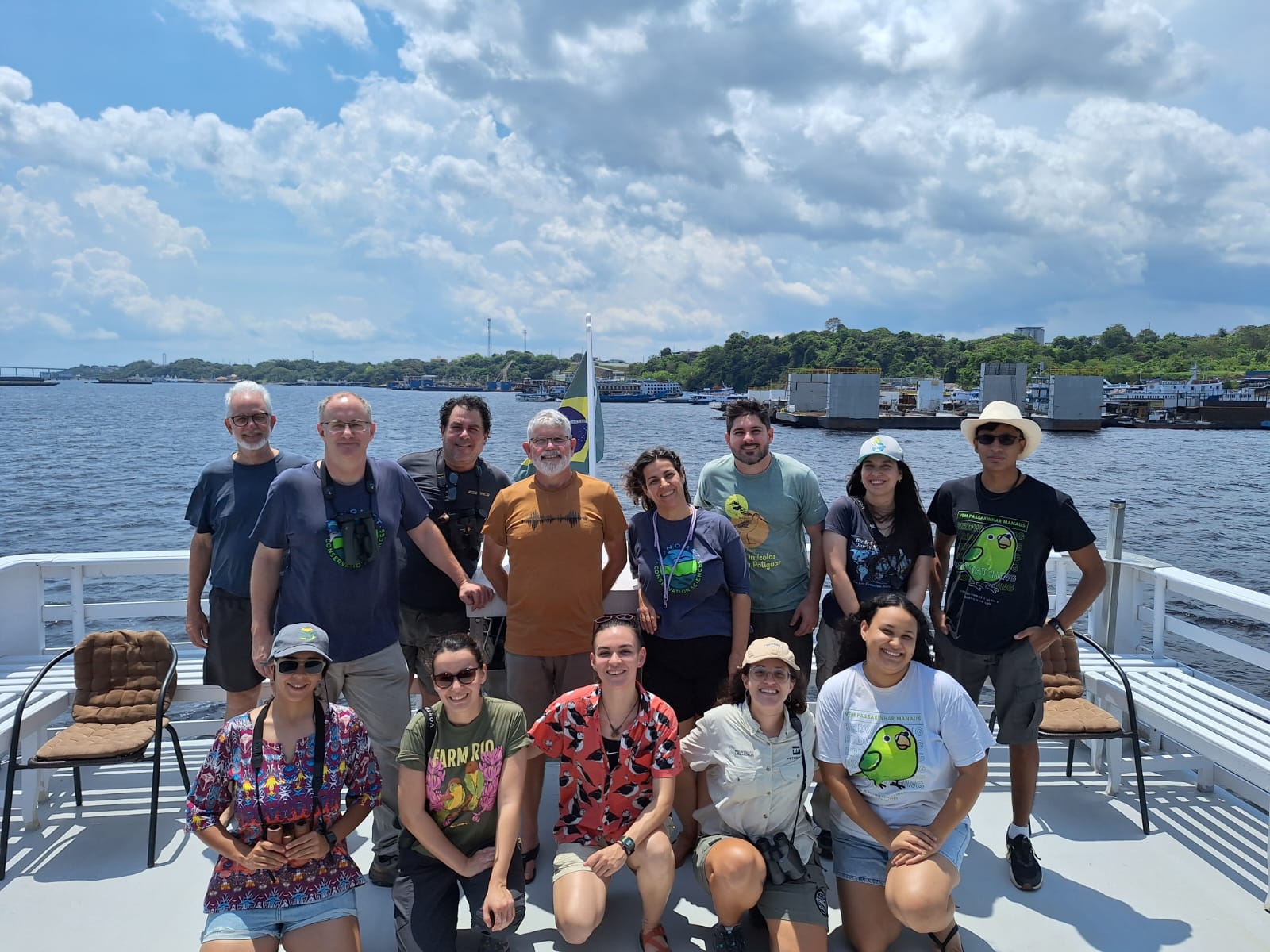


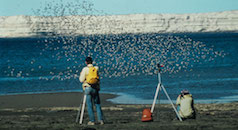
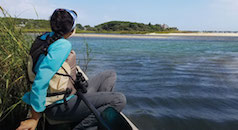
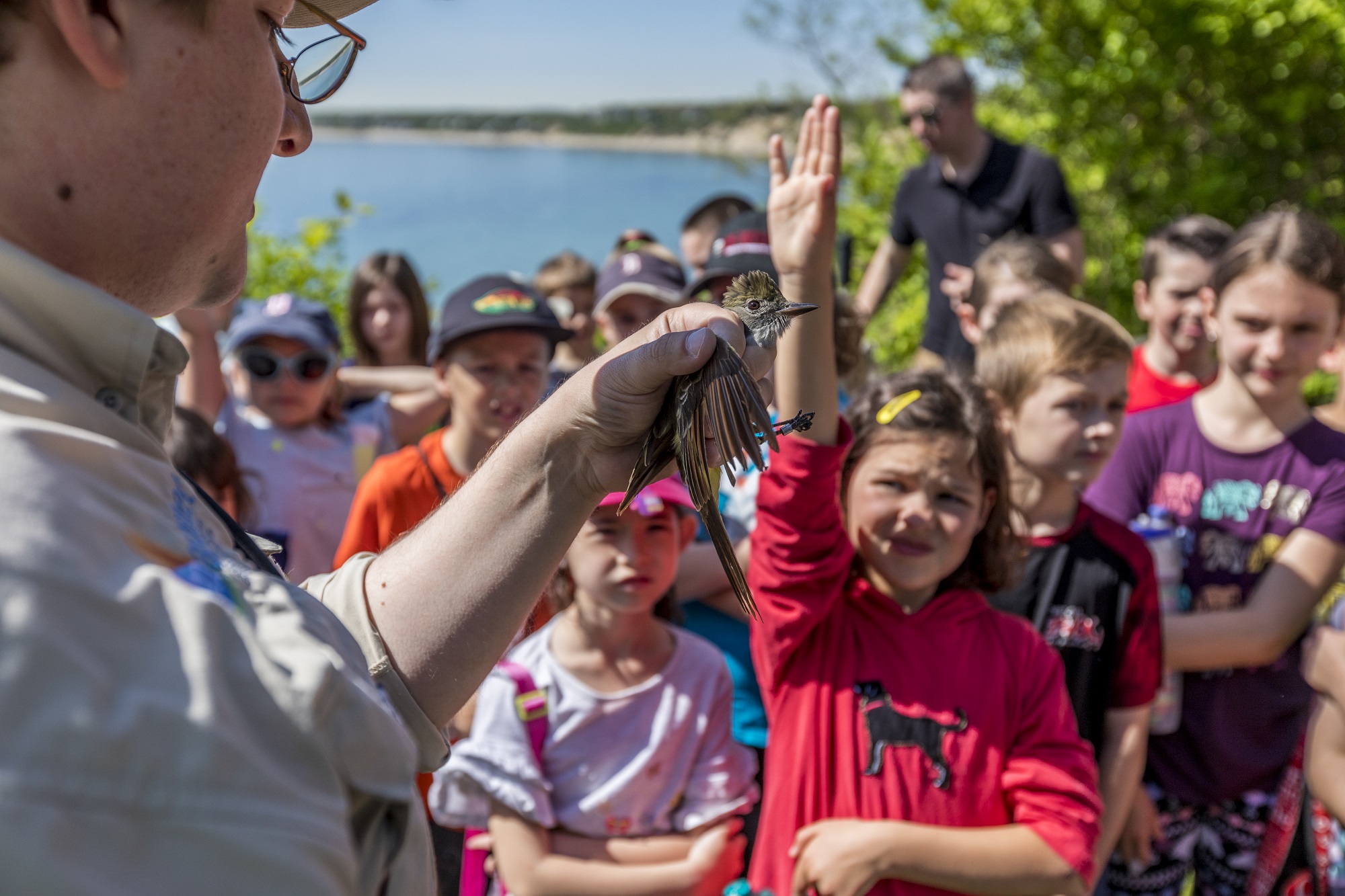
 Back to all
Back to all